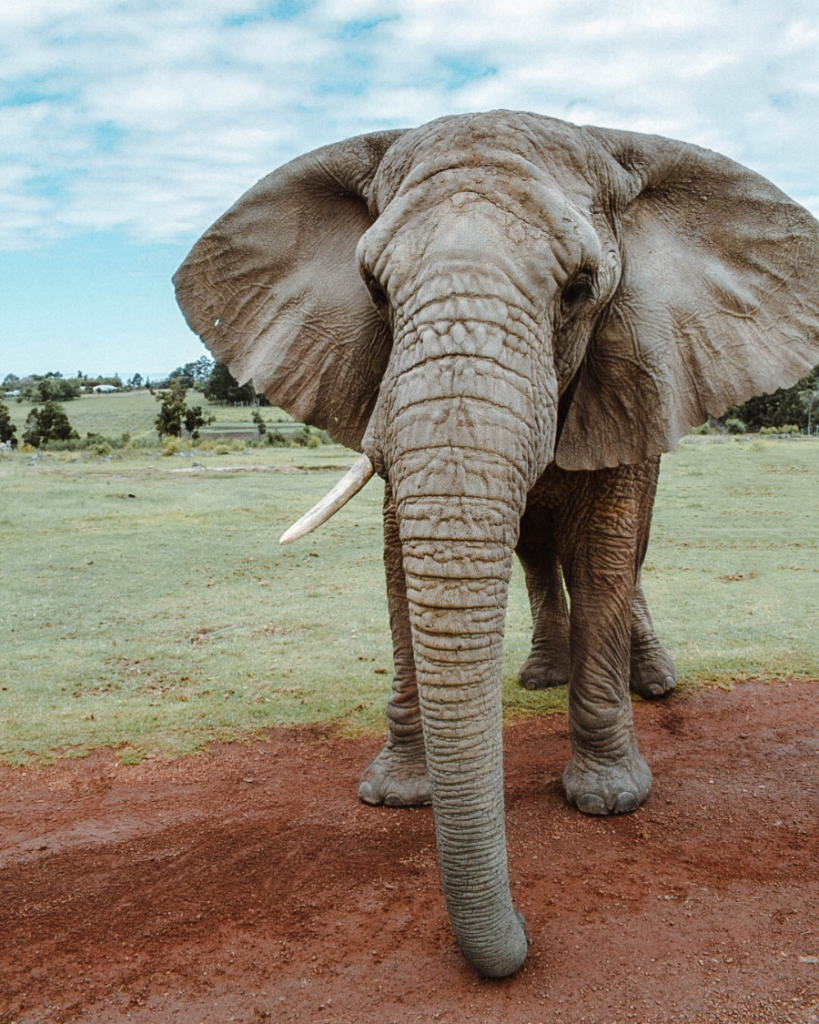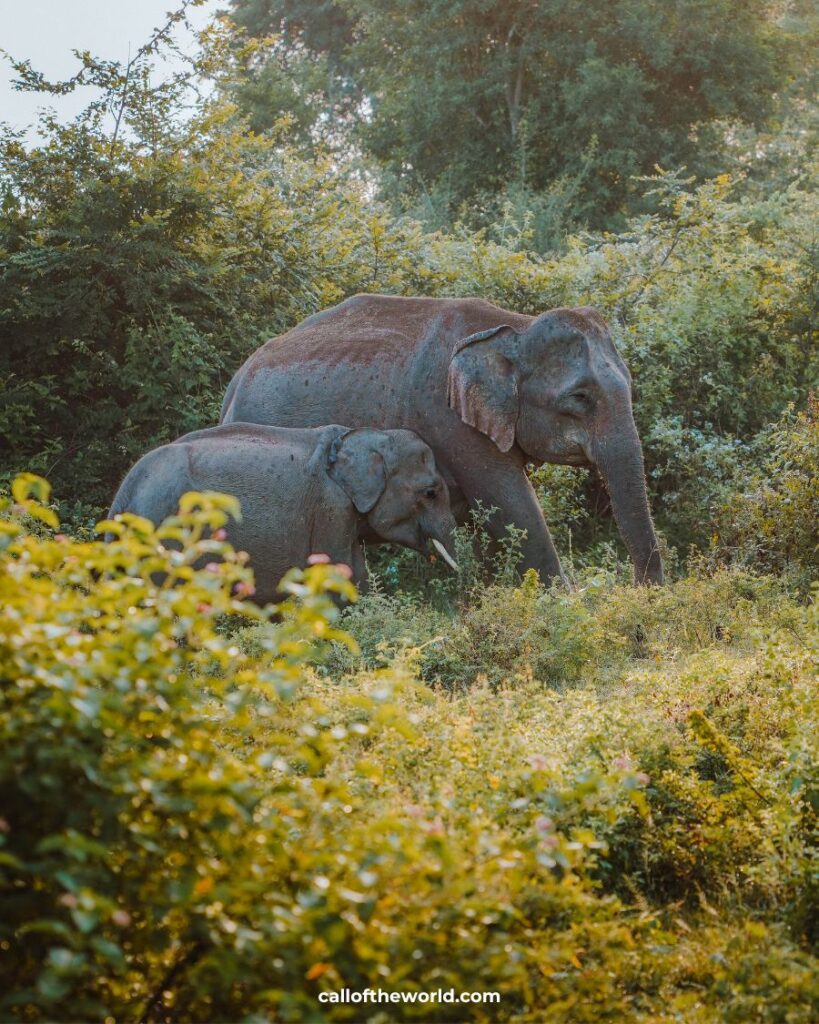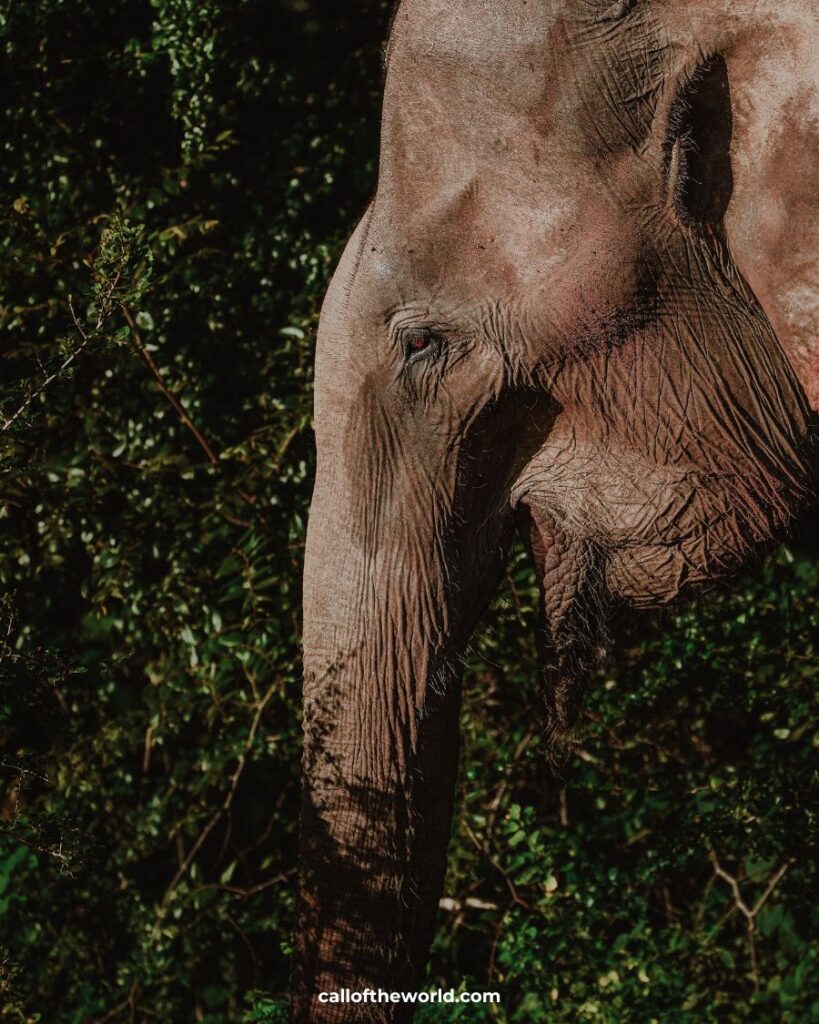
Is It Ever Ok to Visit Elephant Sanctuaries?
The below article is a think piece. Read the short version here: How to find an elephant-friendly sanctuary to visit
When I was 20 years old, I rode an elephant. In Thailand. I’d always loved animals, and thought that this was the coolest experience ever. Little did I know at the time that my 33 year-old self would look back on this in absolute horror and disgust. I suppose at least my education is progressing in the right direction, just not fast enough to prevent me from having played into a cruel, exploitative system.
Elephant Sanctuaries. The word sanctuary, by definition, means a place of refuge and protection. A place of safety. In that sense, visiting an elephant sanctuary, and by doing so, funding said sanctuary, must be a good thing, right? Well the truth is a bit more complicated than that.
We must not forget that in the context of wildlife, the word sanctuary generally has no strict legal definition, certainly not one that applies worldwide. This means that we really need to look at the facts of how animals are treated in each potential destination, rather than assuming that it’s ok to visit because it calls itself a sanctuary. Many so-called sanctuaries, orphanages and retreats are anything but safe.
How are elephants trained, and why is this bad?
Elephants that perform tricks or who are used for activities involving close contact with humans will have gone through a training method known as the ‘crush’ (or Phajaan in Thailand). Baby elephants are separated from their mothers (who are often killed), chained, isolated and starved until their spirit breaks. They are often beaten and tortured. This breaking-in process causes the elephants to lose their natural instincts and become more docile. Some of them don’t survive the process.
Elephants are naturally herd animals, so being separated is extremely distressing and psychologically damaging. They lose, or never learn, their natural behaviours, meaning they will never be able to survive in the wild. Many of these elephants develop health problems from poor nutrition and dehydration. The bull hooks used to control the elephants cause wounds and scarring.
There is a difference between animals that are domesticated and animals that are tamed. Domesticated animals (such as horses) have evolved over thousands of years to live alongside humans. Tamed animals are forced to adapt their natural behaviour over a comparatively short period of time, which is traumatic.
But what about “nice” activities?
Public knowledge is improving, and most people I speak to these days realise that elephant riding is wrong. But most innocently believe that ‘softer’ activities like elephant bathing and feeding are harmless (they’re not).
Elephants do not need to be ‘washed’ by humans. This practice, even if described as a ‘spa day’ for the elephant, is just another form of disguised cruelty. Such close elephant-to-human contact is only made possible by subjecting the elephants to barbaric training from a young age.
We have an innate, deeply ingrained instinct to believe that ‘caring’ activities such as bathing, feeding, stroking and petting are inherently good. Sadly, this instinct is a disguised driver of animal cruelty. From slipping unhealthy treats to greedy dogs, feeding a neighbour’s cat with unsuitable food, cuddling wild animals, bathing elephants, feeding ducks with bread, putting monkeys in nappies… all are behaviours which place more importance on the dopamine hit we receive from ‘caring’ than the well-being of the animal itself.
Nobody visits an elephant sanctuary because they hate elephants. These places are visited by animal lovers, who want a chance to get close to these beautiful creatures, and maybe feel like they’ve contributed to something good. But are those of us who purport to love animals the most doing the most harm?
Sham Elephant Sanctuaries
The number of ‘sanctuaries’ offering overtly cruel experiences like elephant riding seems to be decreasing, but these have been replaced at an alarming rate by ‘sanctuaries’ offering covertly cruel experiences under the guise of ‘rescuing’ the elephants from elephant riding establishments. The cruelty may be hidden, but is no less sinister. This National Geographic reporter even discovered that some businesses in Thailand run two operations in tandem: one “kind” sanctuary for Western tourists (in this case “Elephant EcoValley”) and another down the road for Chinese tourists where they could ride elephants and watch them perform tricks. The same elephants were used in both locations.
In Thailand, elephant sanctuaries were originally created to re-home elephants retired from the logging industry. However, in 2020 World Animal Protection wrote that there are now more captive elephants in Thailand today than there were in the 90s, as elephants are being bred in captivity to satisfy the booming elephant tourism industry.
So do legitimate elephant sanctuaries exist?
Unfortunately, most elephants who have been subjected to abuse throughout their lives cannot be released into the wild. This means that there is a need for legitimate sanctuaries to give them a safe retirement. (Read How to find an elephant-friendly sanctuary to visit ). These are places where the elephants are allowed to behave as naturally as possible, with as little human contact as possible. Sadly, looking after elephants is expensive, so in the absence of government funding even legitimate sanctuaries have to rely on visiting tourists for funding. But, in a real sanctuary, visitors will be told that the elephant’s needs come first, and so the visitor can watch the elephant in its natural environment but will not be allowed to engage in unnatural activities such as touching, bathing or riding the elephant and the elephant will not be forced to perform unnatural tricks like painting or kicking a football.
In a perfect world, the need for sanctuaries should be temporary, as the abused elephants live out the rest of their natural lives. The need for visitor funding to support legitimate sanctuaries may be a necessary evil, but it is also driving a public expectation to be able to see elephants in captivity, leading to a booming industry of sham ‘sanctuaries’. If you really want to see elephants, please consider seeing them in the wild where they belong (Read: How to Visit Udawalawe National Park, Sri Lanka’s Wild Elephant Safari). If you really want to go to a sanctuary, please find one that has been approved by a reputable organisation. And if in doubt, just don’t go.
Resources / Further Reading
Read more: How to find an elephant-friendly sanctuary to visit
Find out more: https://www.worldanimalprotection.org/
https://www.worldanimalprotection.org.nz/news/three-reasons-why-elephants-dont-belong-captivity


🌞 Useful Travel Resources & Essentials 🌞
By using the following links, you can support Call of the World at no additional cost to yourself
🏥 TRAVEL INSURANCE: Insure your trip with Heymondo, your trusted travel companion. They offer single-trip, annual and long-stay travel insurance. App with 24-hour medical support. (Call of the World readers get 5% off your travel insurance policy using my link)
🗺️ DAY TRIPS & CITY TOURS: Book your tours and activities with Viator. Viator partner with local guides and businesses to offer you the very best travel experiences available. Browse tours here.
💶 FOREIGN CURRENCY CARD: To pay by card and withdraw cash at the best rates, get a WISE card before your trip. This allows you to convert money into any other currency at the best rates and withdraw cash without hidden fees. WISE is a UK-based financial services company (available in most countries worldwide) and is highly regulated in the various regions it operates in (in the UK it is authorised by the Financial Conduct Authority).
📳 eSIM: Sort out an eSIM before your arrive with Airalo. Having an eSIM allows you to connect to local network data as soon as you arrive – super useful for Google Maps and rideshare apps!
🚂 BUS, TRAIN & FERRY TICKETS: Book your transportation in advance online using 12Go.
🚘 AIRPORT PICKUPS: Ensure peace of mind by booking your airport pickup with Welcome Pickups. Highly recommended if arriving late at night in an unfamiliar location.
🌿💫






I am totally with you on this. I hate the idea that animal lovers even up hurting the very animals they care about. It is all so sad. Did you read the article a while ago about animal tourism in the National Geographic? That one reeeeally opened my eyes.
I love animals, so it makes me sad that I should ethically avoid most animal-related tourism.
This info is so needed! Thanks going in depth and teach us.